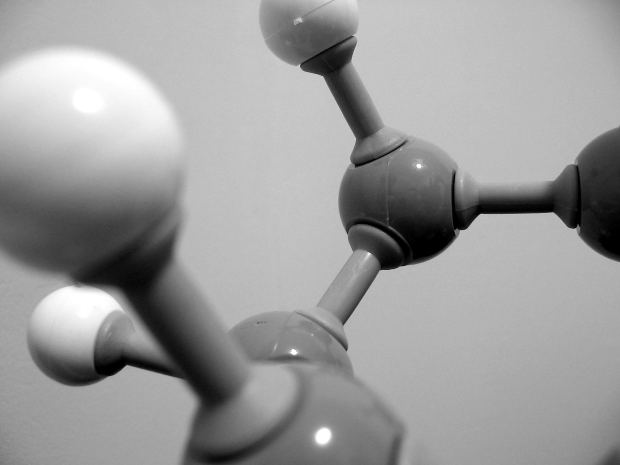 Loading... Please wait...
Loading... Please wait...Save Money. Grow Your Own!
Fast Plain Box Shipping.
We ship to the US & Canada.
Grow Your Own!
How to Understand Using Sulfur in Hydroponics
Posted on 15th Mar 2016
There are a lot of elements that make a hydroponic system work. You may have heard of many of the most common ones -- like nitrogen, phosphorus, potassium and calcium. However, there is another chemical ingredient that's pretty helpful for hydroponics, even though in general, it has kind of a bad name.
Culturally, we kind of associate sulfur with bad things. It's associated with the devil -- you might remember the famous words of Hugo Chavez talking to international diplomats back in the George W. Bush era. It's also associated with bad wine, and a really nasty bad-egg smell.

But sulfur is important for plants. They need it to complement those other essential metals that help them produce healthy harvest. Here are some steps to understanding how to use sulfur in a hydro scenario.
Figure out how much to use
One of the first steps with sulfur is to figure out how prevalent this element should be in the nutrient mix. Experts recommend having sulfur levels at least as much or greater than the parts per million of magnesium in the system. That's not to say this will be the predominant chemical -- nitrogen is probably going to predominate. Some growers might use sulfur in the range of 10 to 100 ppm.
Evaluate nutrient mixes
Say you get a nutrient mix and it really smells like, well, something bad. You may have too much sulfur in there to really be optimal for plans. Again, stay with the parts per million range mentioned above, and ask retailers about how much sulfur a nutrient product contains.
Using odor blockers
Even in reasonable sulfur mixes, you might wind up really smelling the sulfur quite a bit. Luckily, there's a solution. Carbon filters and odor blockers are designed to fix all sorts of aroma issues with hydroponic gardening. These installations deal with the smells that come out of a grow space, so that the room around it doesn't get inundated with bad smells. Odor filters are effective on the natural smells of plants, the smells of different kinds of fertilizers, and yes, the smells of sulfur as well.
Learn how to recognize a sulfur deficiency
It's also going to help quite a bit to learn how to recognize a sulfur deficiency in your plants. When your plants don't have enough sulfur, you may notice yellowing leaves and problems starting in the veins of the leaf, especially with smaller leaves - you might see some curling and withering as well. Plant growth may be compromised. You might see some scorch marks at the edges of the leaf. When you see this kind of thing, take a careful look at the chemical composition of your nutrients to make sure everything's okay.
For more on every type of chemical that your plants use, keep checking the Dealzer website as we talk about the biggest issues for growers, and how you can put together the best type of system for you.
